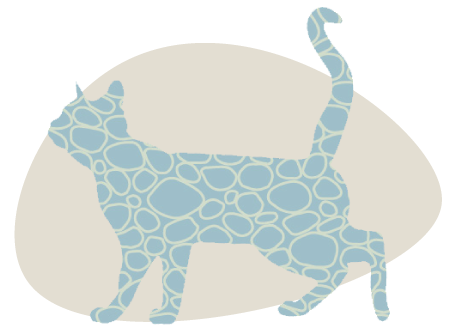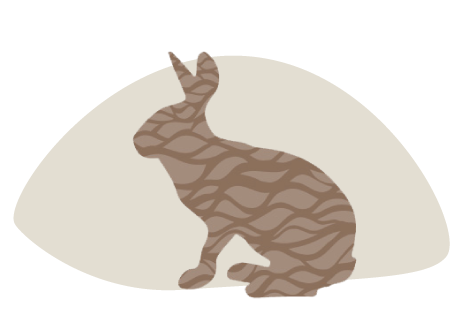Fleas and worms
Cats are naturally inquisitive animals and can pick up all kinds of parasites on their travels – the most common being worms and fleas. Even the most fastidiously clean animal will come into regular contact with these pests, so we always recommend an ongoing treatment regime in order to protect your cat as much as possible.
Worms live in your pet’s intestines and can cause internal problems, nutritional deficiencies and severe discomfort if left untreated. There are two main types of worms:
- Roundworms. These look like strings of spaghetti or elastic bands and may be picked up from the environment, as well as being passed from animal to animal. Roundworm eggs are invisible to the human eye, so infestation can be difficult to spot.
- Tapeworms. You may find segments of these worms excreted in your cat’s faeces (they look like flattened grains of rice). Tapeworms cannot be passed directly from one animal to another; they rely on an intermediate host such as a passing flea (or ingested rodent!) -therefore if you suspect a tapeworm problem it is advisable to treat for fleas also.
Regular treatment is key. It’s especially important to treat kittens from an early age, as they may have been exposed to worms through their mother’s milk. We recommend treating your kitten every month for the first six months, reducing the frequency to once every three months in adulthood (unless your cat is an avid hunter).
A range of treatment methods is available and we would be pleased to recommend options to suit you and your pet. Please be aware that no worm control will prevent re-infestation, as they only kill worms already present in the animal – thus it is important to treat your pet regularly, especially if he / she hunts or scavenges.
Fleas are likely to play a part in every cat’s life at some time or other, no matter how clean your pet or your home is. We recommend that you get into the habit of regular grooming and checks, treating any problem you find at the first sign with a method that suits you.
Signs that your pet may be unwittingly entertaining fleas include:
- Excessive scratching
- Small scabs and spots on the skin
- Tiny brown specks of flea dirt in the fur (particularly around the base of the tail)’
Female fleas lay their eggs on the animal, which then drop off into your pet’s bed or favourite resting spot – thus it’s equally important to treat your home with a thorough vacuuming, followed by the application of a household flea spray.
Fortunately, the veterinary treatments available are highly effective and can be applied in a range of different methods – we can advise on the most suitable options for you and your pet. And if you need help with applying flea control, then our practice nurses will be only too pleased to help.



